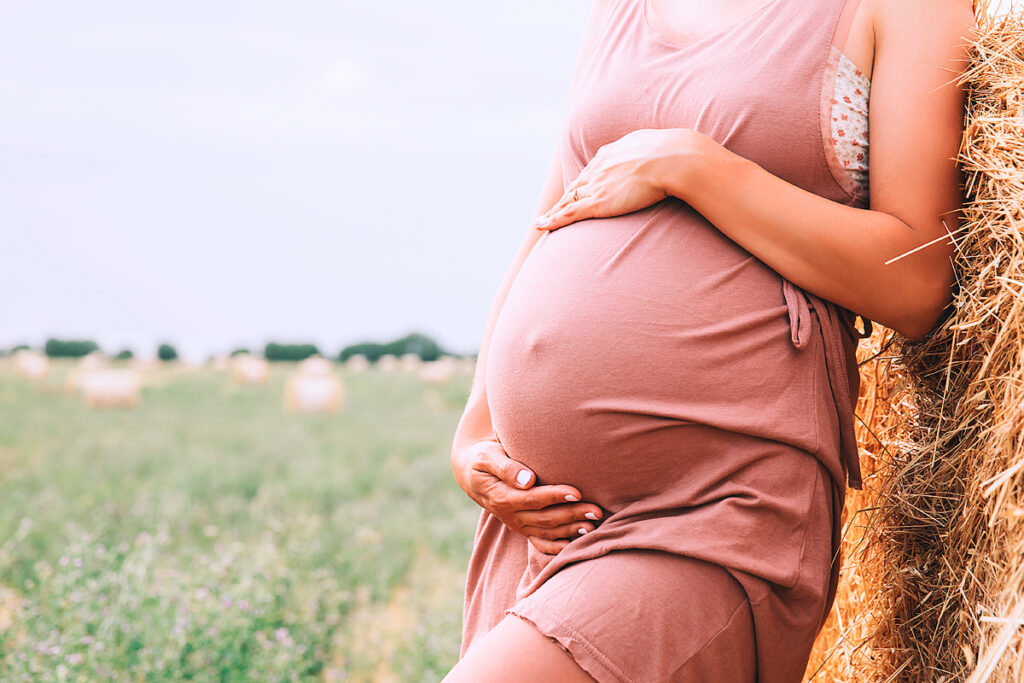The protection of newborns from infection primarily depends on the neonatal innate immune response and maternal antibodies transmitted through the placenta. The transplacental antibody transfer’s effectiveness is influenced by IgG antibody subclass, maternal infections, maternal immunodeficiency, placental pathology, and gestational age. How effectively do antibodies to the SARS-CoV-2 coronavirus penetrate the placenta? This question will help you understand whether newborns are protected from COVID-19 and develop an effective vaccination strategy for pregnant women.
Scientists at the Perelman School of Medicine at the University of Pennsylvania and the Children’s Hospital of Philadelphia (USA) investigated how the levels of antibodies to the SARS-CoV-2 coronavirus are related in a mother and a newborn. The researchers measured IgG and IgM antibodies to the receptor-binding domain (RBD) of the SARS-CoV-2 spike protein in 1,471 mother-newborn pairs and calculated the antibody transfer coefficient (infant IgG concentration divided by the mother’s IgG concentration). Results:
- 83 women (6%) had IgG or IgM antibodies to SARS-CoV-2.
- 72 infants (87%) born to seropositive women were seropositive, and 11 (13%) were seronegative.
- No seropositive children were born from 1,388 seronegative women.
- All seropositive women underwent PCR testing, except for one who declined routine obstetric testing. 44 of the 82 women tested (54%) tested positive for PCR testing.
- The majority of seropositive women (50 out of 83 [60%]) had no symptoms of COVID-19.
- Newborns were tested for SARS-CoV-2 using a PCR test between 24 and 48 hours after birth, only if the mother was PCR-positive and met the clinical criteria for infection during delivery. Among 20 of the 83 infants (24%) tested based on these criteria, none were positive.
The researchers found the following relationships between maternal and newborn antibody levels:
- The higher the IgG level to SARS-CoV-2 in the mother’s serum, the higher the IgG level in the umbilical cord.
- IgM antibodies to SARS-CoV-2 were not detected in any of the 72 seropositive infants.
- Of the 11 seropositive women who gave birth to seronegative infants, 5 women were seropositive for IgM alone. 6 remaining women had significantly lower mean IgG concentrations than 72 women with seropositive infants.
- Women with moderate or critical diseases had higher IgG and IgG concentrations, and infants born to these women had higher IgG concentrations, but these differences were not statistically significant.
- The rates of transplacental transfer of antibodies did not differ among infants born to mothers with asymptomatic and symptomatic disease.
- Transfer rates increased with increasing time between the onset of infection in the mother and delivery.
Conclusions
The researchers did not detect IgM antibodies in any cord blood serum samples, even in cases of critical maternal illness or preterm birth. It confirms that although placental and neonatal transmission of the SARS-CoV-2 coronavirus can occur, such an event is rare.
Of great concern is the possibility of postnatal infection of newborns from infectious mothers or other family members. Effective transfer of IgG antibodies to SARS-CoV-2 (transmission coefficients ≥1.0) was found in 40 of 72 children. Higher concentrations of maternal antibodies and a higher transmission rate were associated with an increased time between the onset of maternal infection and delivery.
Further studies are needed to determine whether and at what concentrations SARS-CoV-2 antibodies protect newborns and whether the transplacental kinetics of vaccine-induced antibodies are similar to naturally acquired antibodies.
Source
Assessment of Maternal and Neonatal Cord Blood SARS-CoV-2 Antibodies and Placental Transfer Ratios



